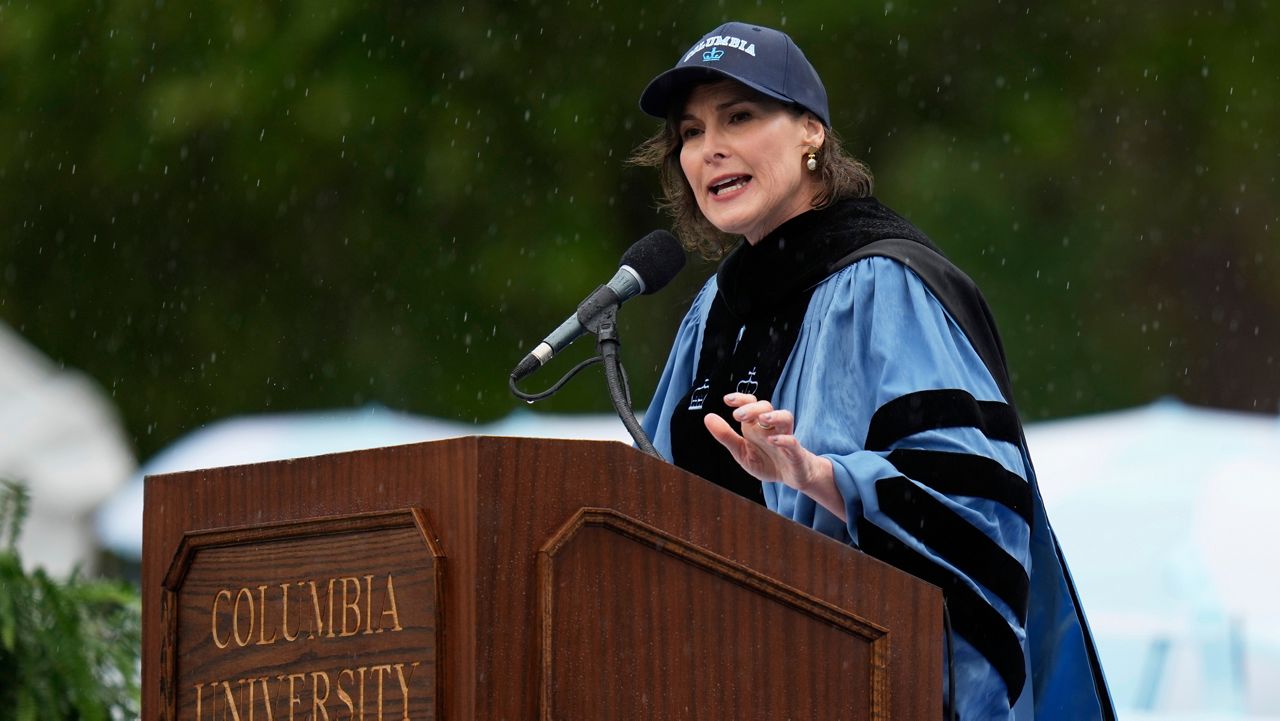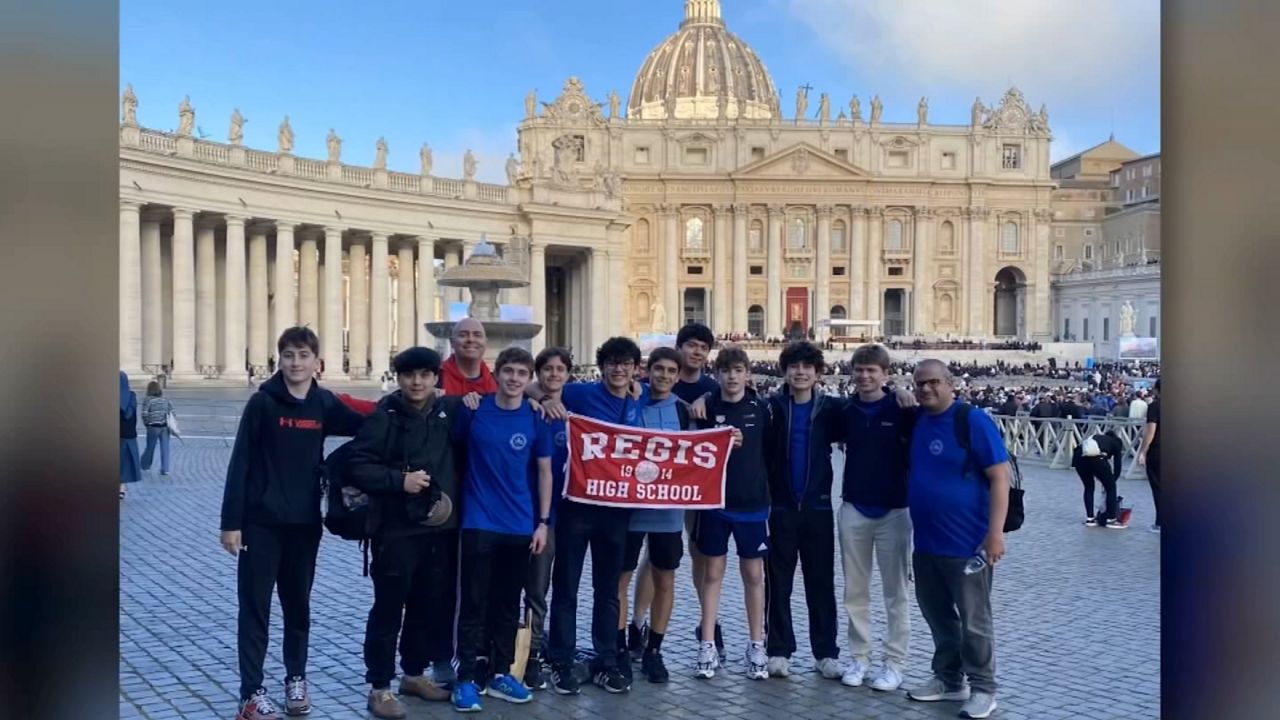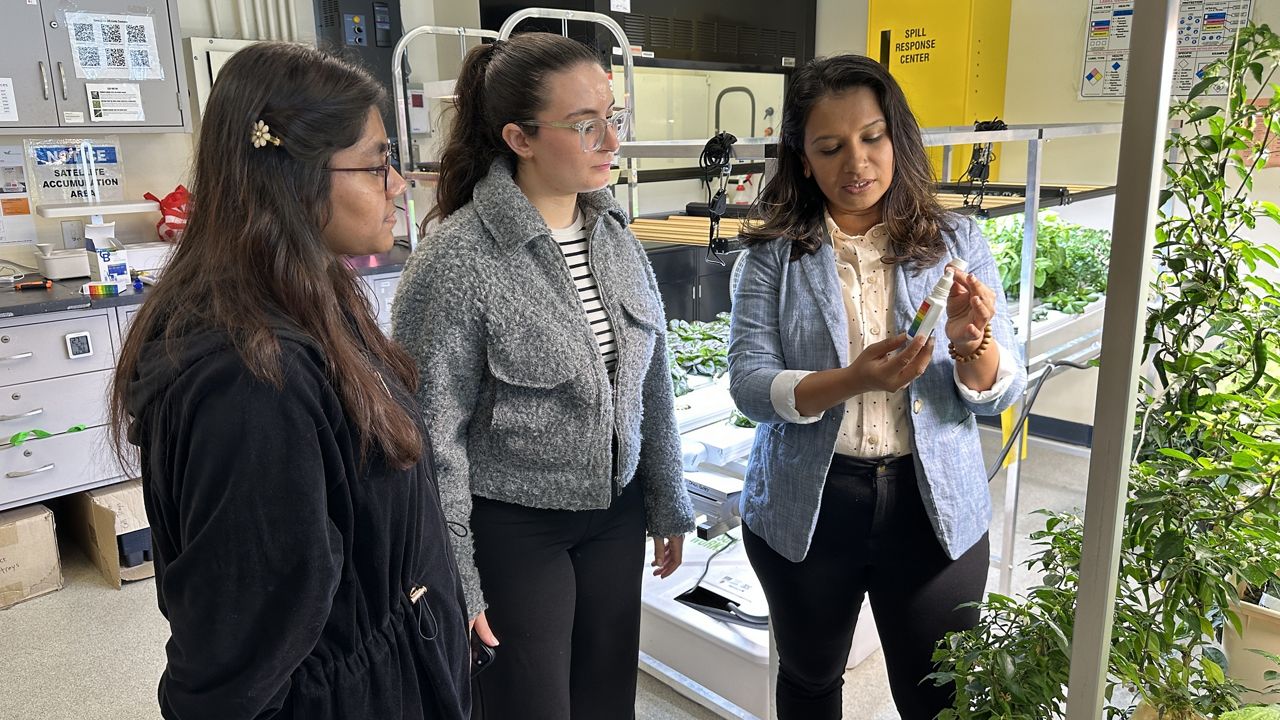About 915,000 students are enrolled in public schools this year and, for the first time in a long time, that’s more than the year before.
“For the first time in eight years, we're seeing an increase in enrollment in our schools,” schools chancellor David Banks told NY1 in an exclusive interview. “So this narrative about the fact that we've lost so many kids is finally starting to turn. And so we're up about 8,000 students. I think we could attribute a lot of that to the surge of migrant students who have come to our schools.”
The arrival of thousands of migrant families to the city is typically presented by City Hall as a crisis, but Banks said for schools, in some ways, it’s been the opposite.
“We think at a school level, this is a really good thing for the schools,” he said. “Now at the city level, when you have to provide a whole range of resources for an entire family, from housing and health care and those kinds of things, that’s where the city has seen tremendous challenges.”
Serving the newly arrived migrant students has not exactly been easy for schools — and their needs sometimes outstrip the extra funding that comes with them. But their arrival has stabilized declining enrollment, and the corresponding budgets, at many schools around the city.
“It’s a boon, I think, for the school system,” Banks said.
School budgets are based on enrollment. Every year, the department projects enrollment in the spring and takes a more formal count at the end of October. Schools that have more students than projected get extra funding to cover them; schools with lower enrollment than planned return money to the city.
But during the pandemic, that didn’t happen. The city used stimulus funding to keep budgets steady in the middle of the year and now, that’s changing.
“That doesn’t feel good for any school who’s losing money, but that’s what the system was always designed to do,” Banks said.
57% of schools are seeing a funding increase due to higher than projected enrollment and will receive, on average, $209,000.
The remainder are staying the same or losing money and, on average, they’ll have to return $160,000 in funding. How they absorb the cut will be up to each principal.
“In many of the schools, it’s going to really come down to them making choices around various programs that they have in their school, you know, various supplies that they might purchase for the school, or the choice of books that they may make,” Banks said.
Those may not be the only cuts hitting classrooms this year: Mayor Eric Adams is expected to announce deep budget cuts across all city agencies on Thursday.
“First of all, a fiscal crunch will not be easy for anybody. So I don’t want to sugarcoat that — there is no way around that, number one,” Banks said. “But I also think that it’s a time for us to be innovative and to kind of hunker down to create new and innovative ways of getting the work done. Because we have a $38 billion budget and for many years, far too many of our kids couldn’t even read.”
At the same time as the city touts stabilized enrollment thanks to migrant students, those very students are facing the prospect of their own education being destabilized. Mayor Adams has rolled out a new policy limiting shelter stays to 60 days for many migrant families, and after that they’ll need to move out or re-apply for new housing in a different shelter.
Homeless children have the right to stay in their school if they move — but Banks acknowledged to NY1 that many families may find it easier to change schools to somewhere closer. That could lead to schools seeing children come and go every few months.
“This is a tough one. I don’t have good, solid, clear answers right now. We’re still studying this issue. The movement presents a real challenge,” Banks said.
“Just think about these kids and all that they’ve gone through, and then they show up here in our schools, most of them do not speak English. We’re providing additional resources to the schools that they’re going to and they’re there for a couple of months, then they go to a whole different part of town,” Banks said. “And now we’ve got to figure out, do we bus them back to that original school — and we will do that and where we can — and other times the kids are going to have to wind up starting all over again, at a new place. That’s not good for anybody. But it is unfortunately the predicament that we find ourselves facing right now.”





_Dnt_Budget_-_PS_Cell_Phone_Ban_Clean)